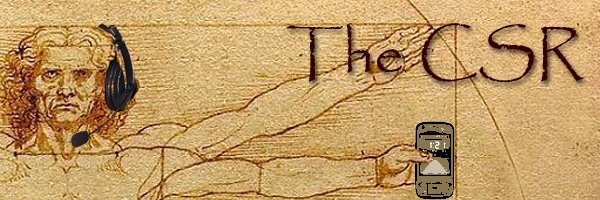David Ginsburg
The Back 40noun - wild or rough terrain adjacent to a developed area.This article originally appeared in a similar form on TMCnet
here.
This last week marked an auspicious event for those of us rooted in Silicon Valley. The 40th anniversary of the creation (and yes, I’m not using that world lightly) of the early Internet… a single link between UCLA and
SRI (
http://www.lk.cs.ucla.edu/first_words.html). For four decades we’ve been working to tame that Back 40. And what taming it’s been. Every decade, speeds and applications improve a hundred-fold. On the mobile front, I can’t say mobile we’re completely there yet. I still see weeds. But we’re getting close.
So what does this mean, after all these years, when we can finally focus on reaping what we’ve sown? When we can finally turn our attention to services and applications, assuming a network infrastructure to support them? And what does it mean for the mobile operators?
With 3G (mostly) in place, you can now turn your attention to growing the subscriber base. As Morgan Stanley reported, this coming year will be the inflection point on a global level… the year that operators turn their attention to offering the types of data services optimized for mobile broadband, thanks to a billion subscribers with advanced devices. What is almost more telling is iPhone growth, a proxy for the future of advanced applications leveraging the global 3G infrastructure. Compare this growth to the geographically-limited i-mode offering, the world’s first 3G data service, offered by DoCoMo in Japan, and the urgency is clear. What urgency? What does this growth imply for your support organization when you are a Tier 1 operator with 20 million or so subscribers running around with the equivalent of PCs in their pockets?
As a contrast, in the wireline space, customers rarely call their provider. When was the last time you called AT&T, Comcast, or your local ISP? Why? Your end device… the PC or laptop… isn’t provided by the operator. You are more likely to call Microsoft, Dell, or HP with OS or hardware issues. The opposite is true with mobility. In most cases, there is an implied link between the phone and the operator, subsidy or no subsidy. Support call volumes are much greater; call types are more complex.
Unfortunately, you are only marginally staffed to even meet today’s requirements. Fast forward a few years with the majority of your subscribers calling with media, browser, and navigation issues, and it can’t be business as usual. You require a new support paradigm. As I’ve written in the past, you’ll need a real-time over-the-air link between your frontline CSR and the phone itself, capable of reading and sending configuration settings as well as diagnosing software and hardware issues. But what about updating the phone? It isn’t a day you go by without reading of some HTC issue, RIM’s plans to load their 5.0 OS onto existing phones via a desktop application, or Apple’s use of iTunes to push upwards of 5 updates a year to the iPhone.
What you’ll require is a scalable and secure way of pushing large updates OTA to the phone, be it the radio image, the embedded OS, or even applications. Think of Windows or Mac Update, but wireless. You must be able to plan mass updates in advance, targeting groups of subscribers at off-hours. And, the client code running on the phone should select the best network available for the download, including WiFi, while delaying it if necessary due to roaming or lack of 3G connectivity. The client must also be able to intelligently pick up where it left off if a download was interrupted. Needless to say, any update process must clearly explain to the user what will occur and the reason for the update. Admittedly, some of these capabilities exist with the likes of Android or even the Palm Pre today, but they must be scaled many-fold, and incorporated within an operator’s OTA solution for frontline care.
Smartphone OTA updates…. one implement for taming that Back 40.















